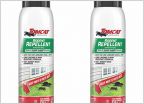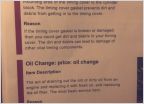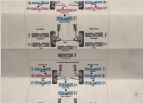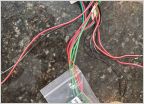-
Welcome to Tundras.com!
You are currently viewing as a guest! To get full-access, you need to register for a FREE account.
As a registered member, you’ll be able to:- Participate in all Tundra discussion topics
- Transfer over your build thread from a different forum to this one
- Communicate privately with other Tundra owners from around the world
- Post your own photos in our Members Gallery
- Access all special features of the site
Help: Catastrophic Engine Failure 5.7L V8
Discussion in '2nd Gen Tundras (2007-2013)' started by 4Runner_1986, Feb 26, 2021.
Page 4 of 4
Page 4 of 4


 No one has been able to solve this yet.....
No one has been able to solve this yet..... Intermittent Starting Issue
Intermittent Starting Issue Spyder Black LED DRL Bar Projector with SEALIGHT 9005/HB3 High Beam H11/H9
Spyder Black LED DRL Bar Projector with SEALIGHT 9005/HB3 High Beam H11/H9 Timing cover gasket
Timing cover gasket 07 Tundra limited 4d 4x4 tire cupping???
07 Tundra limited 4d 4x4 tire cupping??? Garage door opener retrofit
Garage door opener retrofit












































































